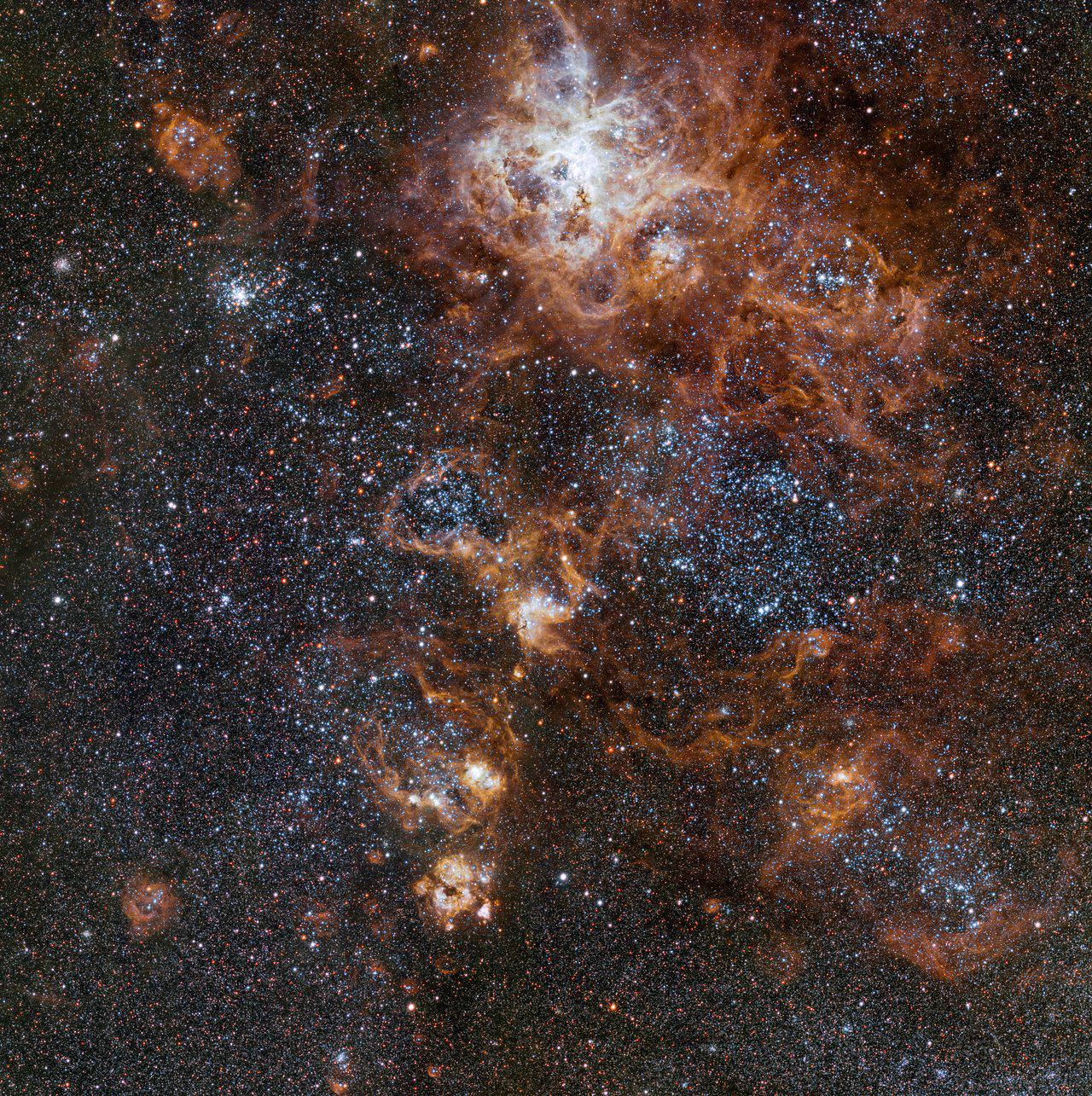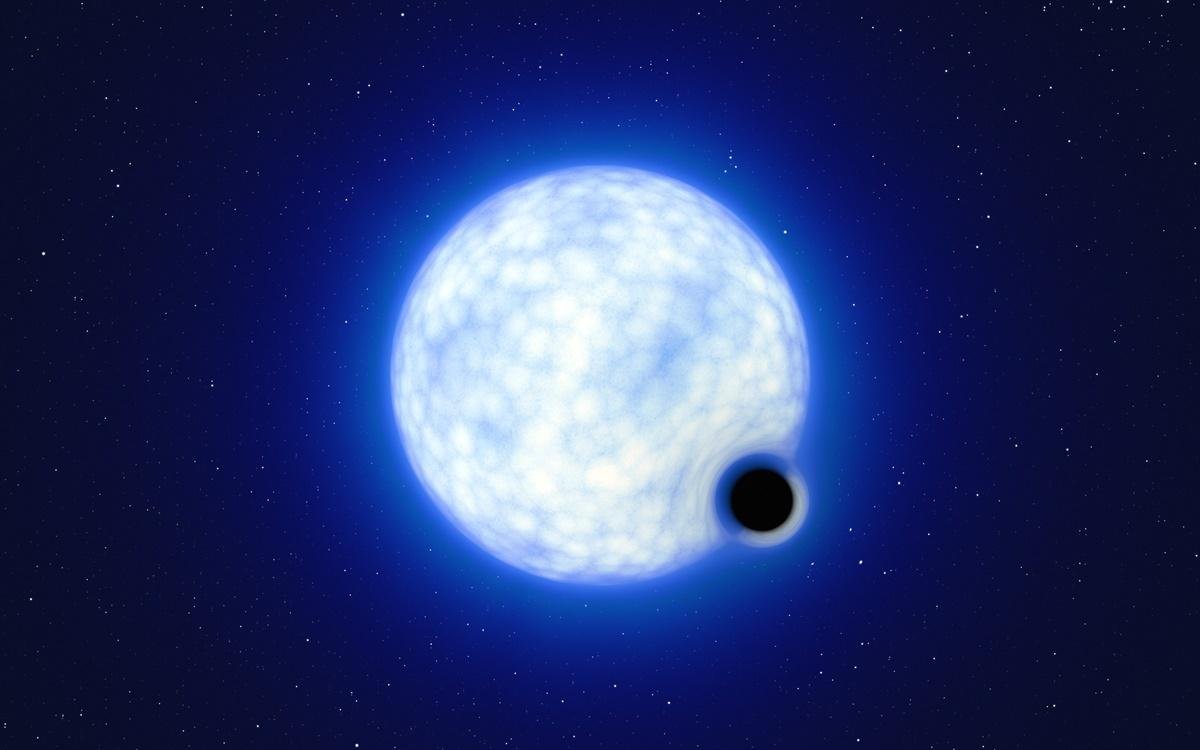An unlikely, stellar-mass, “sleeping” black hole has been detected for the first time by an international team of scientists in the Tarantula Nebula region, close to the Large Magellanic Cloud, a galaxy neighboring our Milky Way.
Published in the journal last week (18) Nature Astronomy, The first author of the study is Brazilian: Leonardo Almeida of the Federal University of Rio Grande do Norte.
Almeida, Professor of Physics at UFRN, had the task of analyzing 51 single-line spectroscopic binary systems from the “Tarantula Large Binary Track” project. It is the result of six years of observation with the European Southern Observatory’s (ESO) Very Large Telescope (VLT) in Chile to detect this new type of black hole. difficult to detect for a long time.
The Brazilian scientist was responsible for “filtering” all the data obtained by Professor Hugues Sana’s team, analyzing the variability and performing the orbital characterization of the system. The aim was to characterize the invisible components of 51 systems. – the so-called VFTS 243 – showed no signatures with electromagnetic signals.
sleeping black holes

Extremely smaller than their supermassive analogues, so-called stellar-mass black holes are actually stars between 5 and 50 times the mass of our Sun, reaching the end of their lives and collapsing under their own gravity. But in the case of binary systems in which one star revolves around the other, The result is an orbiting black hole with a still bright companion star..
These celestial bodies are considered “asleep” because they do not emit high levels of X-rays. Almeida explains in a press release that the only measurable effect is “the lower limit of the mass of the invisible component,” i.e. a low luminosity stellar component.
Dr. “The star that gave rise to the black hole observed in VFTS 243 appears to have completely collapsed with no previous sign of explosion,” said Tomer Shenar of Belgium’s Catholic University of Leuven, who led the study. appeared recently.”, The current study directly demonstrates this phenomenoncomes to a conclusion.
ARTICLE – Natural Astronomy – DOI: 10.1038/s41550-022-01730-y.
Source: Tec Mundo
I am Bret Jackson, a professional journalist and author for Gadget Onus, where I specialize in writing about the gaming industry. With over 6 years of experience in my field, I have built up an extensive portfolio that ranges from reviews to interviews with top figures within the industry. My work has been featured on various news sites, providing readers with insightful analysis regarding the current state of gaming culture.













